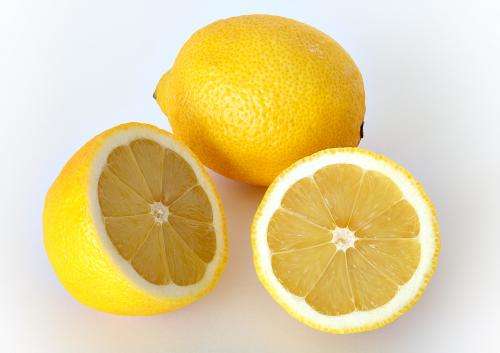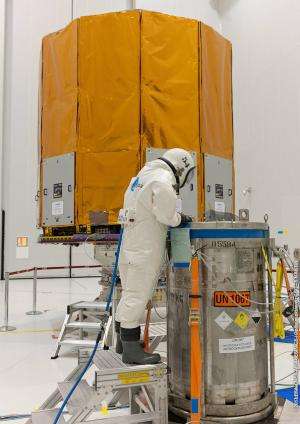ESA investigates an alternative, environmental-friendly method of corrosion resistance

Corrosion resistance and high strength put stainless steel high on the list of essential materials for satellite and rocket designers. Now ESA plans to investigate an alternative, environmental-friendly method of readying this important metal.
Back in 1913, metallurgist Harry Brearley glanced at a pile of experimental steel alloys, rejected for not being hard enough, and noticed one specimen that gleamed as bright as new, rather than rusting like all the rest.
He had just discovered stainless steel. Adding chromium to steel in the correct ratio prevents it from tarnishing in air. Instead of forming iron oxide in reaction to air and water, stainless steel builds an invisible protective layer of chromium oxide instead.
A century on and stainless steel is used to make everything from cutlery to architecture to aircraft – as well as rockets and satellites.
For the space business, stainless steel is commonly used in the storage and handling of propellants and waste, components of thermal protection systems and fasteners such as high-strength bolts.
Before they are put to use, however, stainless steel parts must first be 'passivated' – stripping off their surface layer to remove any imperfections or contamination left over from the machining process, which might otherwise start to rust.
Traditionally this is done by bathing the parts in nitric acid, but this has environmental and safety disadvantages. It involves special handling and produces nitrogen oxides, which are greenhouse gases and potentially harmful to workers.

Citric acid – found in a dilute form in lemon juice – has been put forward as a greener passivation alternative, being adopted in a variety of sectors, including the medical, automotive and aerospace industries.
But does this alternative option satisfy the unique requirements of the space industry? A new study by ESA's Clean Space initiative, tasked with reducing the space industry's environmental impact on Earth and space, aims to find out.
The study will involve passivating stainless steel alloys and components typically used in the space sector, assessing their manufacturing process, then subjecting them to a gamut of environmental tests – including stress corrosion cracking, atmospheric and laboratory corrosion testing, adhesion testing and mechanical fatigue – along with a complete metallurgical analysis.
Provided by European Space Agency


















